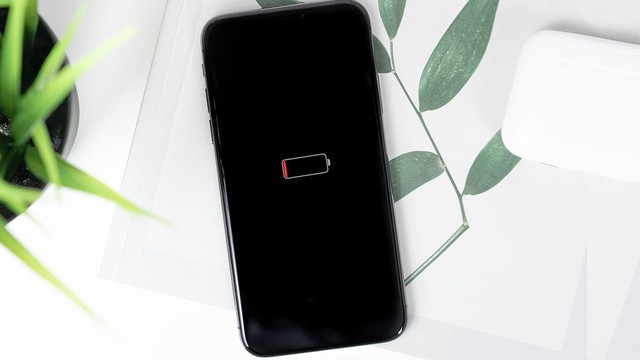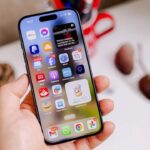Are Samsung and iPhone Outdated in This Aspect?
Are you frustrated by the rapid battery drain on your Galaxy, iPhone, or Pixel, with the battery percentage dropping to 20% too quickly? How much longer must we endure this battery anxiety?
It’s disappointing that the three aforementioned leading phone brands haven’t done much to address this issue.
Let’s take a look at the battery capacities of the most popular phones in 2025. Starting with the Galaxy S25 Ultra, we have a 5,000 mAh battery, and this phone only ranks 23rd in Phone Arena’s battery ranking, with a usage time of 8 hours.
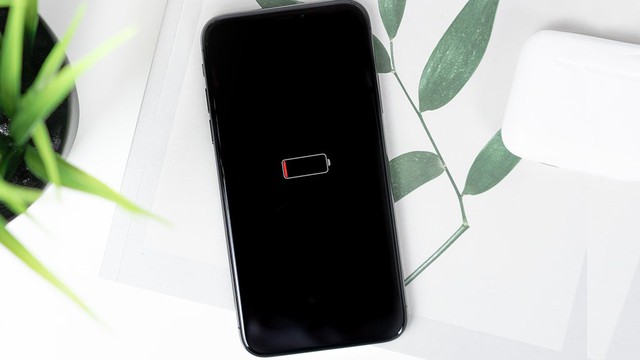
Next, we have Samsung’s rival, the iPhone 16 Pro Max, with a 4,685 mAh battery and better energy optimization than the S25 Ultra, delivering a usage time of 8 hours and 30 minutes. This result gives the iPhone the 14th spot.
Finally, the third extremely popular model in the US – the Pixel 9 Pro XL – comes with a 5,060 mAh battery and achieved a total of 7 hours and 18 minutes in the same battery test. This result ranks it at #51, not too impressive.
For a broader perspective, let’s consider some other smartphones with 6,000 mAh batteries and above, and their performance.
Vivo’s two latest flagships – the Vivo X200 Ultra and X200 Pro – both feature 6,000 mAh batteries and top the rankings, claiming the 3rd and 6th positions, respectively. And if we exclude the mid-range Sony Xperia 10 IV and the 2-year-old Asus Zenfone 10, these positions would become 1st and 4th.
Also in the top spots, we find the RedMagic 10S Pro with a 7,050 mAh battery and the Nubia Z70 Ultra with a 6,150 mAh battery.
The story of Chinese phone brands using silicon-carbon batteries to extend battery life is not new. They have outpaced giants like Samsung and Apple in an area where they used to lag.

RedMagic 10S Pro with a 7,050 mAh battery.
The issue is that, currently, this technology is exclusive to China and Chinese phone brands like Honor, OnePlus, Nubia, Vivo, Oppo, and RedMagic.
There are around a dozen silicon-carbon battery manufacturers in China, and the sudden surge in this battery technology is believed to be inherited from the country’s massive growth in electric vehicles in the past few years.
Samsung and Apple are reportedly trying to catch up, but it’s unclear when this technology will appear in their new devices.
Why Isn’t 5,000 mAh Enough Anymore?
More is definitely better, but why does a 5,000 mAh battery, like the one in the Galaxy S25 Ultra, seem inadequate by today’s standards?
Over time, phones have evolved in many directions, and they’re also becoming more power-hungry.
The first reason stems from larger and brighter screens than before. Nowadays, smartphones have screen-to-body ratios of up to 90%, and they’re getting bigger and brighter every year.
They’re pushing the limit to 7 inches on the largest flagship phones, and even the basic models are increasing in size.
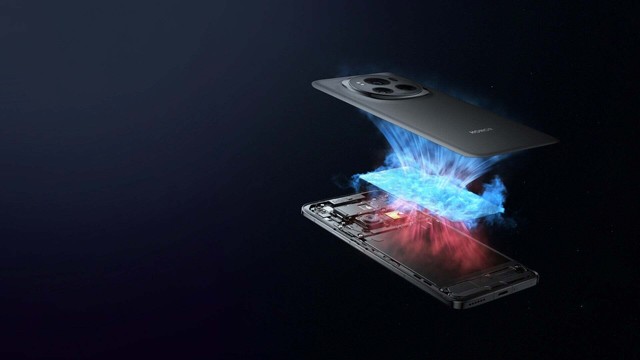
5,000 mAh is no longer sufficient in today’s age.
But size isn’t the only culprit for the increased power consumption; in fact, the ever-increasing brightness of newer display generations is the main culprit for battery drain.
While it’s great to have a peak brightness of 5,000 nits on a display, maintaining that for extended periods will deplete your phone’s battery very quickly. Combine this with higher display refresh rates, and they will consume even more power.
The next culprit is hardware. With each generation of smartphones, we witness an increase in hardware performance. Whether it’s a 20% boost or more, it impacts power consumption.
True, newer chips are also more power-efficient, but the power gap between generations remains. Just look at the TDP (Thermal Design Power) figures of recent Snapdragon processors, and you’ll see the difference.
This TDP number essentially tells you how much heat an electronic component generates, and it’s closely related to performance and power consumption. For instance, the Snapdragon 8 Elite has a TDP of 8.2 W, while the first-generation Snapdragon 8 Gen 1 has a TDP of 5.3 W.
This is a significant difference, especially if you enjoy playing demanding games or using computationally intensive apps.
AI is Also a Major “Culprit”
Following hardware, software is no exception.
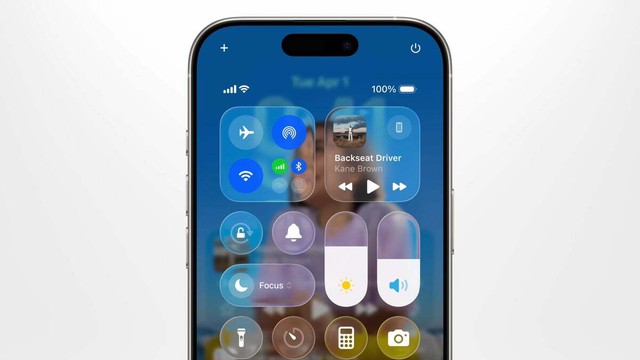
The new interface is what makes the battery drain even faster.
With the announcement of iOS 26, we can’t help but mention the user interface as a power-consuming factor. All the animations, transitions, transparency effects, and motion design elements require computational power from the smartphone’s GPU (Graphics Processing Unit).
While this power draw might not be as intense as gaming, keep in mind that you interact with your phone’s UI all the time, so the power usage adds up.
And when it comes to computational power, guess what demands even more? AI.
While many heavy AI tasks are performed on servers, companies try to integrate AI features directly on devices. This is done for both security purposes and to showcase that your phone can run AI by itself.
All of this requires dedicated AI chips. While they might not deplete the battery as visibly, they silently draw power.
It’s evident that the trend of higher power demands from phones is unavoidable, and 2025 marks a transitional phase for major companies to adopt silicon-carbon battery technology.
Honor is delving into the fourth generation of this technology, and brands like OnePlus and Xiaomi are joining the fray. While phones are becoming more power-hungry, and big companies like Apple and Samsung are lagging, it’s reassuring that we already have a solution.
Attention! iPhone Overheats After iOS 18 Update, Drains Battery and Causes Multiple Issues
The latest iOS 18 update has caused quite the stir among iPhone users, with many reporting unusual bugs and issues. These include rapid battery drain, unexpected device overheating, and a host of other peculiar glitches. It seems the new iOS update may be the culprit behind these mysterious ailments plaguing Apple devices.
“Supercharge Your iPhone: Uncover the Secret Setting to Boost Speed”
Introducing a hidden feature built right into your iPhone that only a few long-time users might know about! This little-known functionality is a game-changer, and we’re here to shine a spotlight on it. Get ready to unlock a whole new world of possibilities and take your iPhone experience to the next level!

























